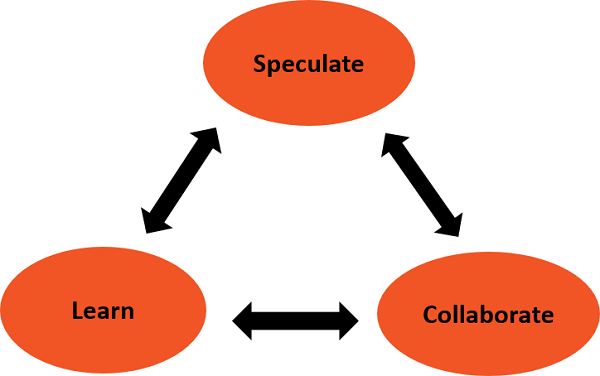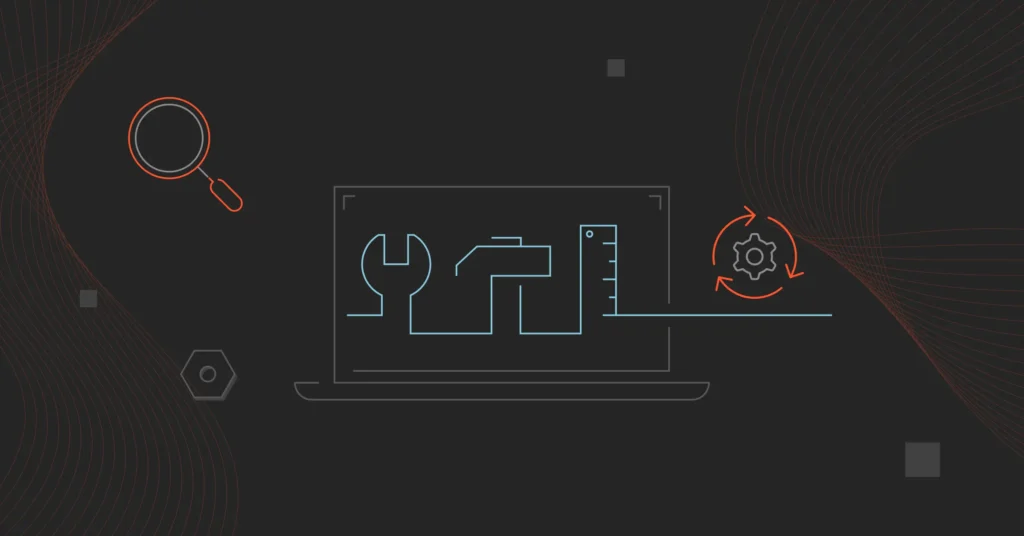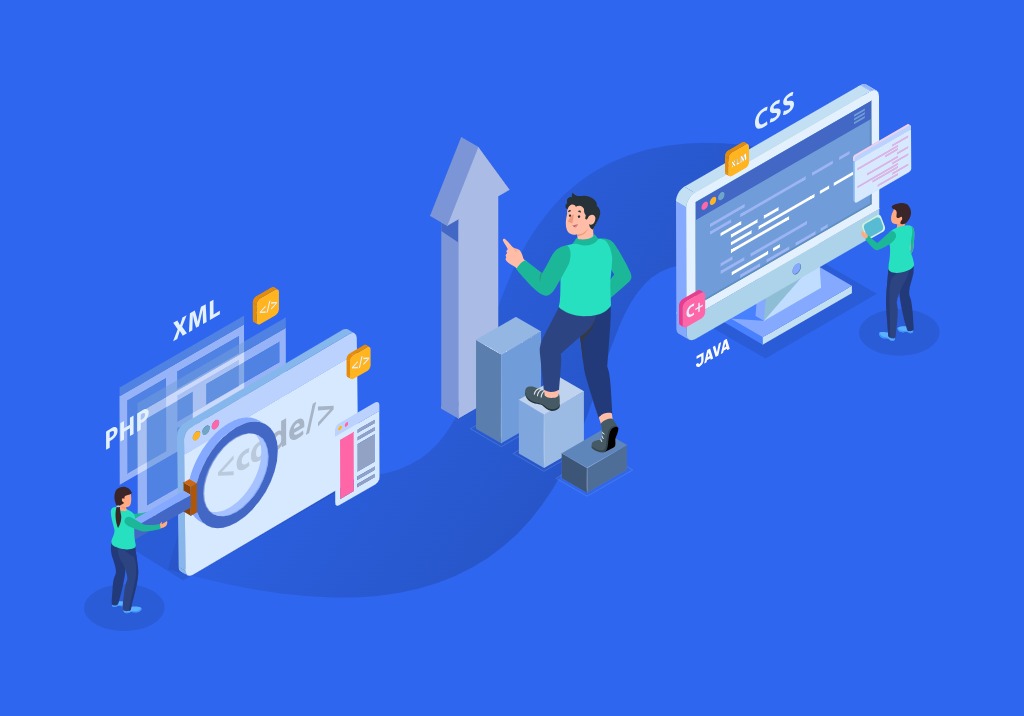Adaptive Software Development is a flexible and team-focused method of building software. It allows developers to adjust plans, gather feedback often, and deliver better software in fast, changing environments.
Technology is changing fast. Every day, users expect better apps, faster websites, and smarter tools. For companies building software, it can be hard to plan everything perfectly from the start. That’s where Adaptive Software Development (ASD) comes in.
Adaptive Software Development is a way of building software that focuses on flexibility, teamwork, and constant improvement. Instead of planning everything up front, it allows teams to learn, adjust, and grow as they go.
This approach is perfect for projects where things can change quickly—like new ideas, startup products, or custom tools. In this article, we’ll explain what ASD is, how it works, and why it’s useful.
What Makes Adaptive Software Development Special?
In traditional software development (like the Waterfall method), everything is planned step-by-step before any work begins. But in real life, plans often change. A client might want something new, users might give different feedback, or the market could shift suddenly.
Adaptive Software Development solves this problem by accepting that change is natural. It allows software teams to start building early, get feedback fast, and make improvements quickly.
This makes the process faster, smarter, and more user-friendly.
The Three Phases of Adaptive Software Development

ASD has three main stages. These steps repeat over and over until the project is finished:
1. Speculate – (Make a Flexible Plan)
Instead of creating a strict plan, teams make an educated guess based on current knowledge. They ask:
- What do we know now?
- What is our goal?
- What can we build first?
This allows them to move forward quickly while staying ready to change if needed.
2. Collaborate – (Work Together)
Team members, clients, and users work closely together. They share ideas, solve problems, and help guide the project. This step encourages:
- Open communication
- Fast decision-making
- Creative solutions
3. Learn – (Improve Based on Results)
After each version of the software is built, the team looks at what worked and what didn’t. They gather feedback and make changes. This makes the next version even better.
Example of Adaptive Software Development in Real Life:
Let’s say you’re building a mobile fitness app.
With traditional methods:
- You plan everything in detail.
- You build the entire app.
- You launch it after many months.
- You find out users want totally different features.
With ASD:
- You build a simple version first (basic workout tracking).
- You give it to users and ask for feedback.
- You learn they also want nutrition tracking.
- You quickly add that in the next version.
By repeating this process, you build an app people actually love—without wasting time or money.
Benefits of Adaptive Software Development:
Here are the key benefits of using ASD:
1. Flexibility
Change is expected, not feared. Teams can adjust anytime without starting over.
2. Constant Learning
Every cycle teaches the team something new. Mistakes are seen as lessons, not failures.
3. Better Communication
Developers, clients, and users talk often, leading to fewer misunderstandings.
4. Faster Results
Small parts of the software are finished early, so users can start using them sooner.
5. Customer-Focused
The software is built around what users actually want, not just what was planned months ago.
📊 Adaptive Software Development vs Other Models
| Feature | Adaptive Software Development | Traditional Development |
| Planning | Flexible and ongoing | Fixed at the start |
| Response to change | Easy and expected | Hard and costly |
| User feedback | Collected regularly | Often ignored |
| Delivery time | Early and often | One big delivery at the end |
| Risk | Lower | Higher |
Who Should Use Adaptive Software Development?
This method is great for teams or companies who:
- Work on new or creative ideas
- Have changing requirements
- Want to involve customers or users
- Need to deliver working software quickly
- Are building mobile apps, websites, or SaaS tools
Startups, growing businesses, and custom software projects can all benefit from using ASD.
Tools Used in Adaptive Software Development:

Teams using ASD often work with helpful tools like:
- Project Management Tools – Jira, Trello, Asana
- Version Control – Git, GitHub, GitLab
- Collaboration Tools – Slack, Microsoft Teams, Zoom
- Continuous Delivery Tools – Jenkins, GitHub Actions
- Feedback Platforms – UserTesting, Hotjar, Google Forms
These tools help teams stay organized, share updates, and learn from real users.
Best Practices for Using ASD:
To succeed with Adaptive Software Development, follow these simple tips:
- 🧭 Stay open to change – Don’t fear it; use it.
- 📣 Talk regularly – Keep clients and users in the loop.
- 🛠️ Build and test quickly – Focus on small, working pieces.
- 📈 Track progress – Use data and feedback to guide each step.
- 🤝 Work as a team – Share responsibility and ideas.
FAQs:
1. What is Adaptive Software Development in simple terms?
It’s a way to build software that allows constant change, feedback, and learning, helping teams improve the product step-by-step instead of following a fixed plan.
2. How is ASD different from traditional methods?
Unlike traditional methods that follow strict steps, ASD is flexible. It focuses on early feedback, small releases, and adapting plans based on user and team input.
3. Who benefits most from using ASD?
Startups, tech companies, and businesses with fast-changing needs benefit most. It’s great for teams working on creative or uncertain projects that require ongoing changes and updates.
4. Can small teams use Adaptive Software Development?
Yes! Small teams often find ASD easier because it supports fast decisions, close teamwork, and regular improvements without needing large budgets or long-term planning.
5. What are the main steps in Adaptive Software Development?
The main steps are: Speculate (create a flexible plan), Collaborate (work together), and Learn (review and improve). These steps repeat to build better software over time.
Conclusion:
Adaptive Software Development is a modern approach that helps teams create smarter, user-focused software. It embraces change, values collaboration, and encourages learning at every step. This method is perfect for fast-moving projects where flexibility matters. By building in small parts, getting constant feedback, and improving quickly, teams can deliver software that truly meets user needs. ASD isn’t just a process—it’s a mindset for success in today’s fast-paced tech world.
